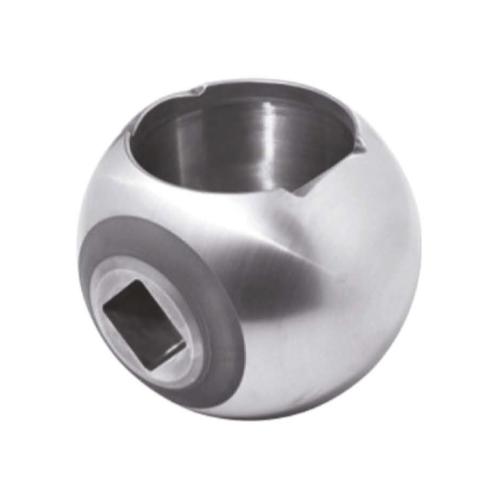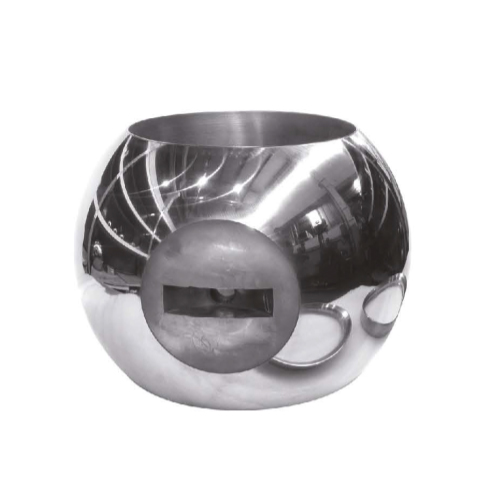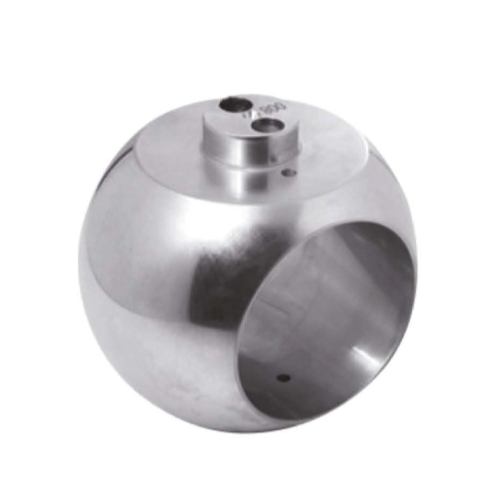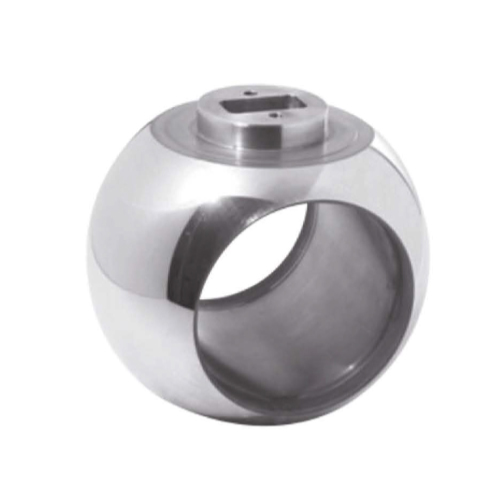What should I pay attention to when using valve balls?
1. Before use, water should be used to clean the pipeline and the valve body overflow part to prevent the residual iron filings and other debris from entering the valve body cavity.
2. When the valve ball is in the closed state, there is still some medium remaining in the valve body, and it also bears a certain pressure. Before repairing the ball valve, close the shut-off valve in front of the ball valve, open the ball valve that needs to be repaired, and completely release the internal pressure of the valve body. If it is an electric ball valve or a pneumatic ball valve, the power and air supply should be disconnected first.

3. Generally, the balls of soft-sealed valves use PTFE as the sealing material, and the sealing surfaces of the balls of hard-sealed valves are made of metal surfacing. If the ball of the pipeline valve needs to be cleaned, care should be taken to prevent damage to the sealing ring and leakage during disassembly.
4. When disassembling and assembling the flange valve ball, the bolts and nuts on the flange should be fixed first, then all the nuts should be tightened slightly, and finally fixed firmly. If the individual nuts are forcibly fixed first, and then other nuts are fixed, the uneven surface between the flange surfaces will cause damage or rupture of the cushion surface, resulting in the leakage of the medium from the valve ball flange.
5. If the valve ball is cleaned, the solvent used must not conflict with the accessories to be cleaned and not corrode. If it is a special valve ball for gas, it can be cleaned with gasoline. Other parts can generally be washed with reclaimed water. When cleaning, it is necessary to thoroughly clean the residual dust, oil and other attachments. If it cannot be cleaned with clean water, it can be cleaned with alcohol and other cleaning agents on the premise of not damaging the valve body and parts. After the cleaning is completed, wait for the cleaning agent to completely evaporate before assembling.
6. If there is a slight leakage at the packing during use, you can tighten the valve stem nut slightly until the leakage stops, but do not continue to tighten.
7. Long-term storage in the open air will cause the valve body and parts to corrode, making it impossible for normal use. The valve ball should be protected from rain, water, and moisture when stored, and the flange cover should be tightly closed. Valve balls stored for more than 12 months should be re-tested when used to ensure stable performance.




